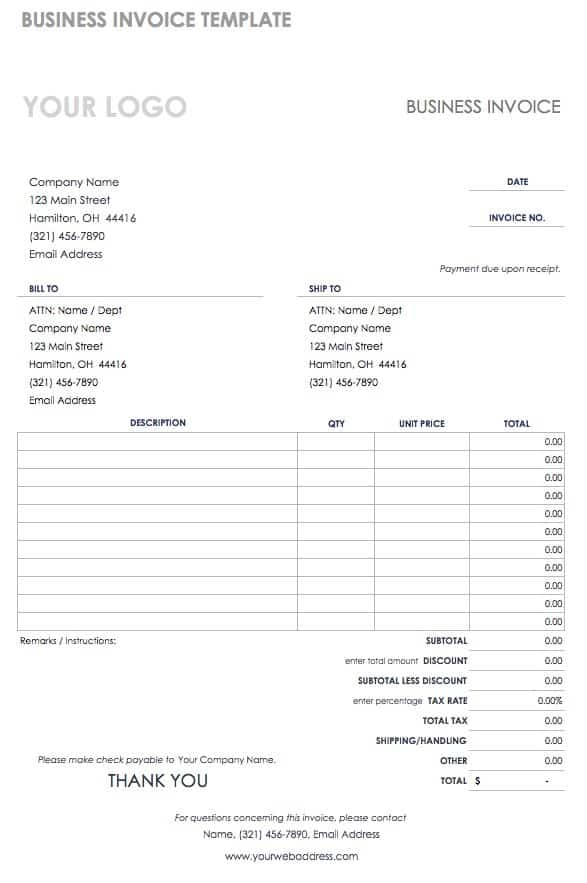

By charging interest, you help push clients to pay quicker.

Of course, you should be wary when doing this - such as by checking their history with paying other vendors.Ī lot of businesses don't charge interest, but then there are others that do. This is when you provide a product or service in advance, then you're extending credit to them. Some companies work with customers on a credit basis. Make sure to include this on your invoice as a reminder, so they're more likely to take you up on the offer. You can also set this up in other ways, such as a 2/7 Net 20 and so on. If they pay within 10 days, they can take 2% off their bill. In this arrangement, you're allowing customers to pay your invoice earlier than 30 days in exchange for a discount. In this case, you can set up a 2/10 Net 30 (aka a 2% 10 Net 30). But you want to promote your customers to pay earlier. Let's say you have a Net 30 payment plan with your clients. Make sure to include consequences in your payment terms for when the arrangement is broken. What's great about the payment on receipt (or due on receipt) arrangement is that you can maintain consistent cash flow (without chasing down money). For instance, in the retail business, you require immediate payment before the shipment is sent. Then it also depends on the industry you're in. This is a common arrangement for freelancers and small/medium businesses. If so, then you can create invoices that require payment on receipt. Maybe you don't want to give your customers days or weeks to pay their invoice. Just keep in mind that you should select a plan that works for both you and your clients.Īlso, include the terms in your payment agreement, along with when the timer starts (i.e., on the day of the invoice). You can decide how long you give customers to pay. Of course, this isn't plausible for every business, which is why you'll also find other arrangements, such as Net 7, Net 15, and so on.

It's when you allow your customers to pay their invoice within 30 days. This is the typical arrangement for larger companies. And keep an eye on your customer retention rates. With this setup, you can better predict your monthly income. You can use tools like invoicely to set up recurring payments (weekly, bi-weekly, monthly, etc.). Recurring invoices are necessary if you're not automatically deducting payments from customer bank accounts or credit/debit cards. Those that sign up agree to receive products monthly (or another arrangement) for the reduced price. On Amazon, some sellers offer a subscription rate, which is lower. Think of brands like Netflix, Amazon, and others that offer a monthly rate in exchange for a product or service. If you're in an industry where customers frequently purchase from you, then it's good to consider setting up a recurring payment model. With all of this covered, you can prevent unnecessary problems in the future.

After all, you'll likely have to deal directly with your finance team (or act as one) to keep your business functioning. But you shouldn't stop there.Īs a business owner, you should also know of the standard terms associated with invoicing. Learning relevant terms in your industry is how you establish yourself as a professional.


 0 kommentar(er)
0 kommentar(er)
